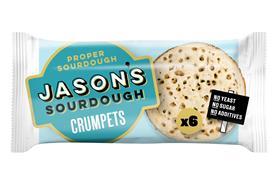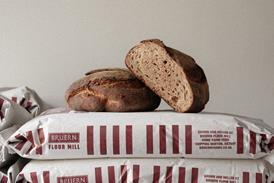How to develop plant-based bakery products

While bakery manufacturers are keen to meet the needs of the growing plant-based market, there are a number of functional challenges to overcome. KaTech examines how these play out for muffins and illustrates the solutions needed to keep keep their taste and texture equally attractive to consumers as their original counterparts.
To continue reading, register for free
You are what you read, registration is quick, easy and free. Just click register now and you’ll be finished faster than it takes you to butter a crumpet!
Don’t miss out:
- Unlimited access to content
- Regular newsletters to your inbox
- Save articles to read later on
- A more personalised experience
Already registered? Please log-in here


















